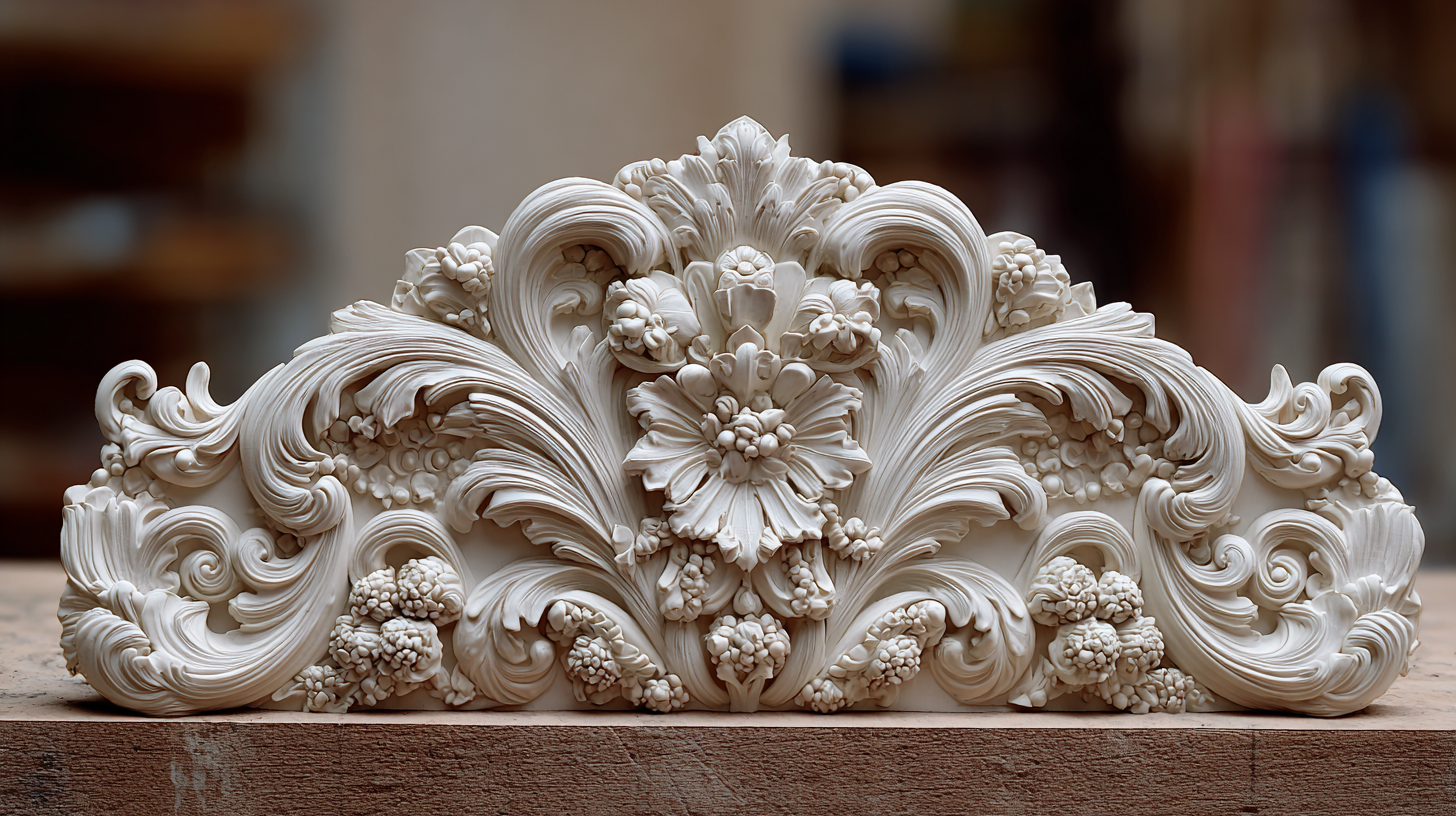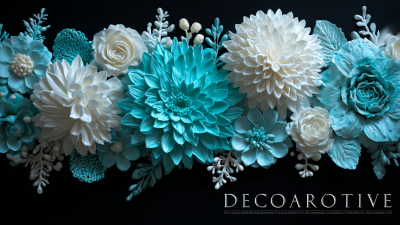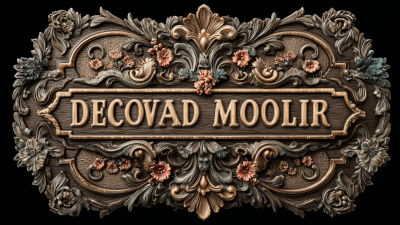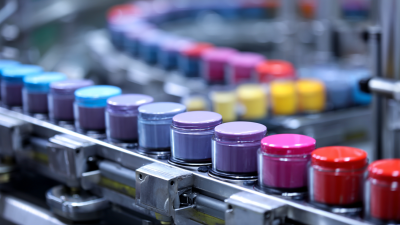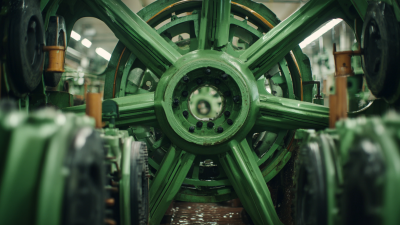In the world of interior design and craftsmanship, the use of Decorative Mold has seen a significant surge, with a report from the Global Decorative Moldings Market predicting a growth rate of over 5% annually through 2025. This highlights an increasing appreciation for the aesthetic appeal and functional benefits that decorative moldings offer.
From enhancing architectural features to adding a unique personal touch to home décor, choosing the right type of decorative mold is crucial for achieving desired artistic effects. As consumers seek to express their individuality and refine their living spaces, understanding the various types of decorative mold available on the market becomes essential.
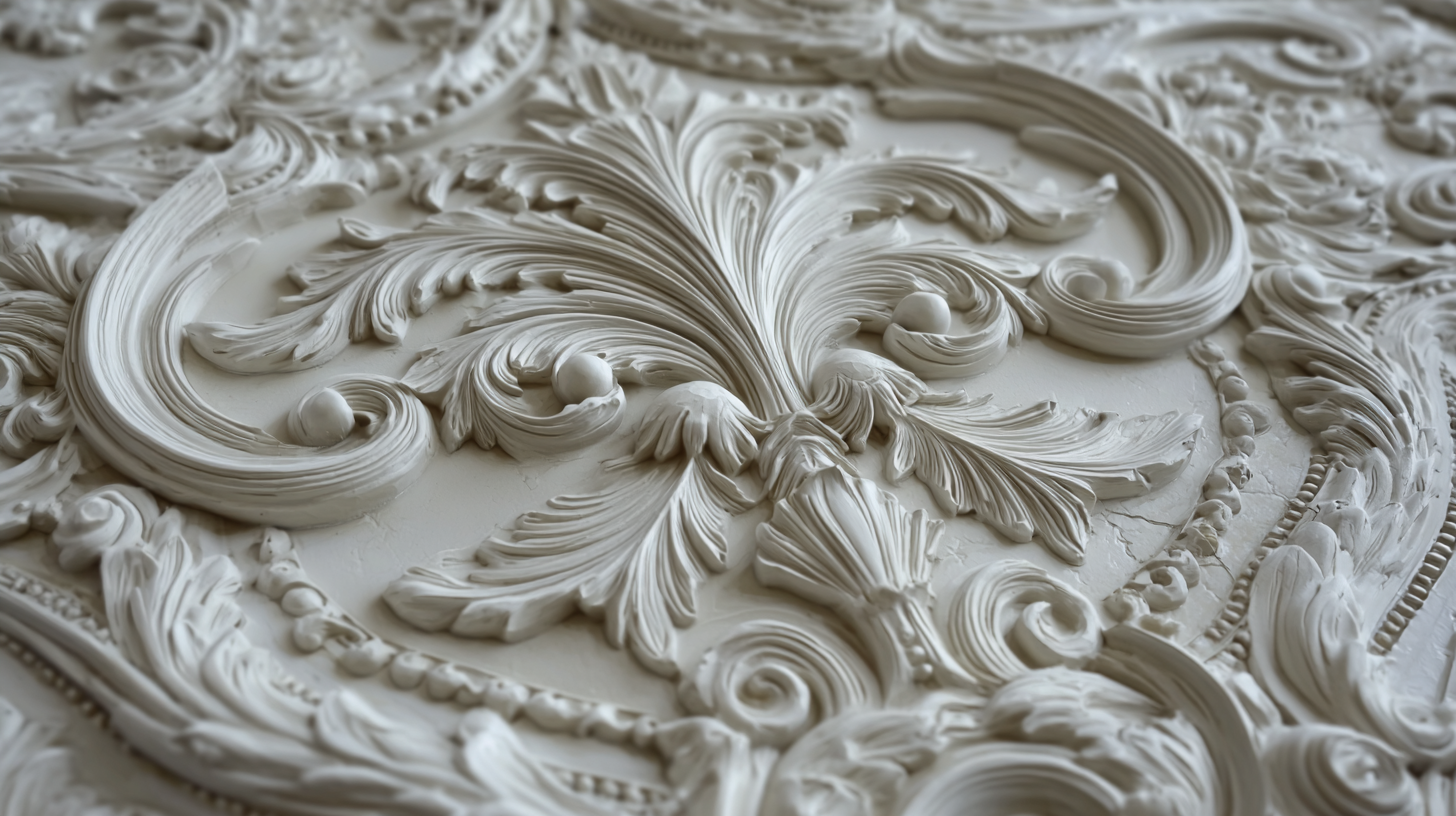
This blog aims to guide you through the selection process, ensuring your projects stand out with the perfect molds tailored to your unique vision.
When selecting decorative molds for your projects, several crucial factors come into play. First, consider the material of the mold itself. According to a report by the Global Market Insights, silicone molds have grown in popularity due to their flexibility and ease of use, offering an impressive lifespan of over 3,000 uses. This durability not only ensures quality but also enhances the overall value of your investment in crafting materials.
Next, think about the complexity of the designs you wish to create. Research from the Craft Industry Alliance indicates that intricate mold designs can significantly elevate the aesthetic value of your projects, but they may require more skill to utilize effectively. Therefore, assess your proficiency level and choose molds that complement your craftsmanship. Moreover, size and volume of the mold are important; larger molds can be advantageous for bigger projects, while smaller molds can offer detailed finesse for smaller items. By carefully considering these factors, you can ensure your choice of decorative molds leads to stunning results in your unique projects.
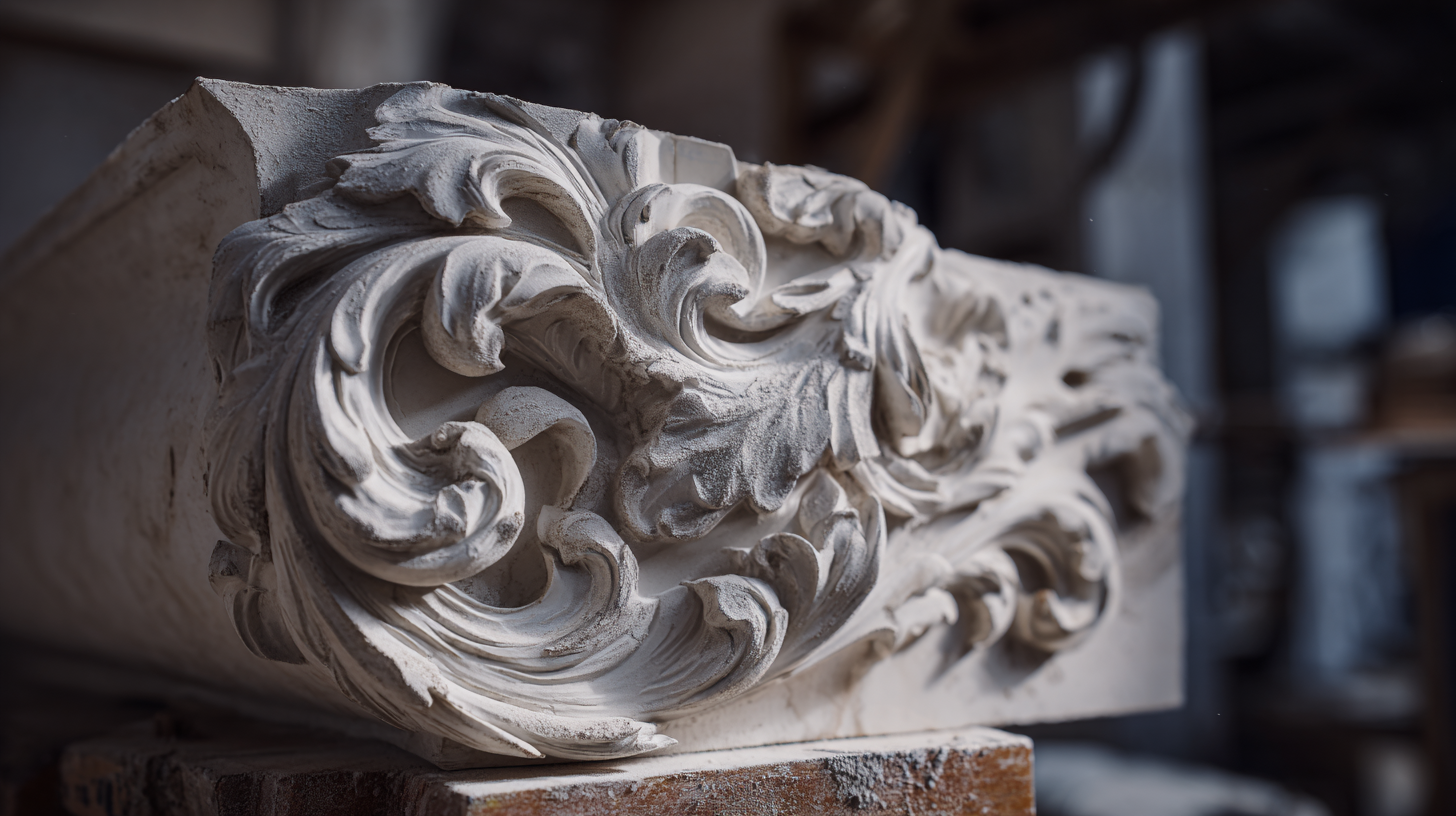
When it comes to selecting decorative molds for your projects, the material you choose can significantly impact the final outcome. Each type of material has its own advantages and disadvantages.
Silicone molds, for instance, are incredibly flexible and durable, making them ideal for intricate designs. They can withstand high temperatures and are easy to clean, which is a considerable benefit for repeated uses.
However, they may not hold up well with certain types of resins, which could lead to miscast results.
On the other hand, plastic molds tend to be more affordable and are available in a range of designs. They offer good detail but can be less durable compared to silicone-based options.
Plastic molds may also warp over time, especially under high heat, which can affect the consistency of your projects. It’s essential to assess your project requirements before making a choice.
Tips: When choosing your mold, consider the type of material that aligns best with your project’s needs. For intricate designs, silicone molds are often the best bet. Always read product reviews and test a small project first to gauge compatibility with your selected medium. If you're on a budget, don't overlook plastic molds, but keep in mind their limitations in durability and heat resistance.
When selecting decorative molds for your unique projects, it is essential to align them with the overall theme and style of your space. As interior design continues to evolve, the boundaries between living and working environments are becoming increasingly fluid. This shift demands a more cohesive approach to decor, where every element—including decorative molds—contributes to a harmonious aesthetic. For instance, if your project leans towards a natural theme, consider molds that emphasize organic shapes and textures that complement the current trend of enhancing natural materials in interiors.
Incorporating decorative molds into your projects also allows for personal expression and customization. Whether you are decorating for the festive season or creating a serene living space, choose molds that reflect your style preferences. For instance, when planning holiday decor, vibrant and whimsical molds might elevate the festive atmosphere, whereas a minimalist design could be more suitable for contemporary settings. By thoughtfully matching decorative molds with your project's theme, you can create distinctive spaces that resonate with your vision and lifestyle.
When it comes to customizing decorative molds for your unique projects, the primary consideration is understanding the specific needs of your creation. Start by analyzing the design elements you want to incorporate. Whether you’re focusing on intricate detailing or smooth, simple shapes, the mold must align with your artistic vision. Consider the material of the mold as well; silicone molds are popular for their flexibility, while rigid molds can offer sharper edges and more defined shapes.
Once you have a clear design in mind, think about how you can personalize your mold further. You can combine multiple molds to create a more complex design or add textures and patterns to existing molds using household items like sponges or brushes. Additionally, don't hesitate to experiment with colors and finishes during the casting process, as these can significantly influence the final look of your project. With these tips, your decorative molds can truly reflect your unique style while enhancing the overall appeal of your creations.
When selecting decorative molds for your projects, avoiding common pitfalls can be the difference between a successful outcome and an amateurish finish. One frequent mistake is underestimating the importance of material compatibility. A recent report from the Decorative Materials Institute notes that over 30% of DIY projects fail due to improper mold materials not aligning with the chosen medium, whether it's resin, plaster, or concrete. This incompatibility can lead to issues like poor casting detail, uneven surfaces, and even structural weaknesses.
Another critical oversight is neglecting to consider the mold's complexity relative to your skill level. According to a survey by the Crafting Community, 45% of hobbyists found themselves overwhelmed when attempting detailed designs without adequate experience. Choosing overly intricate designs can lead to frustration and wasted materials. Instead, opting for simpler molds that align with your abilities can foster gradual skill development and encourage creativity without the pressure of perfection right from the start.
